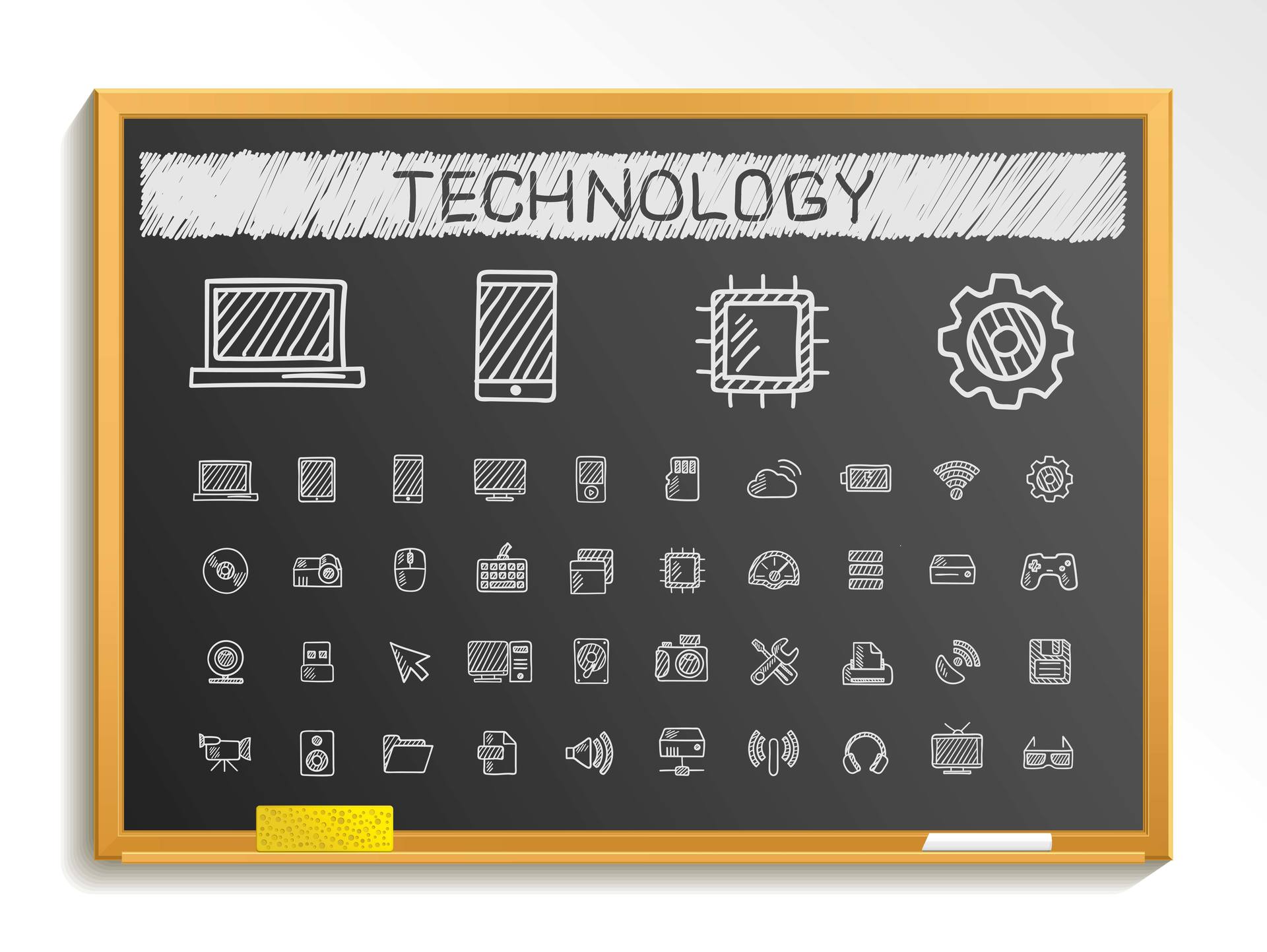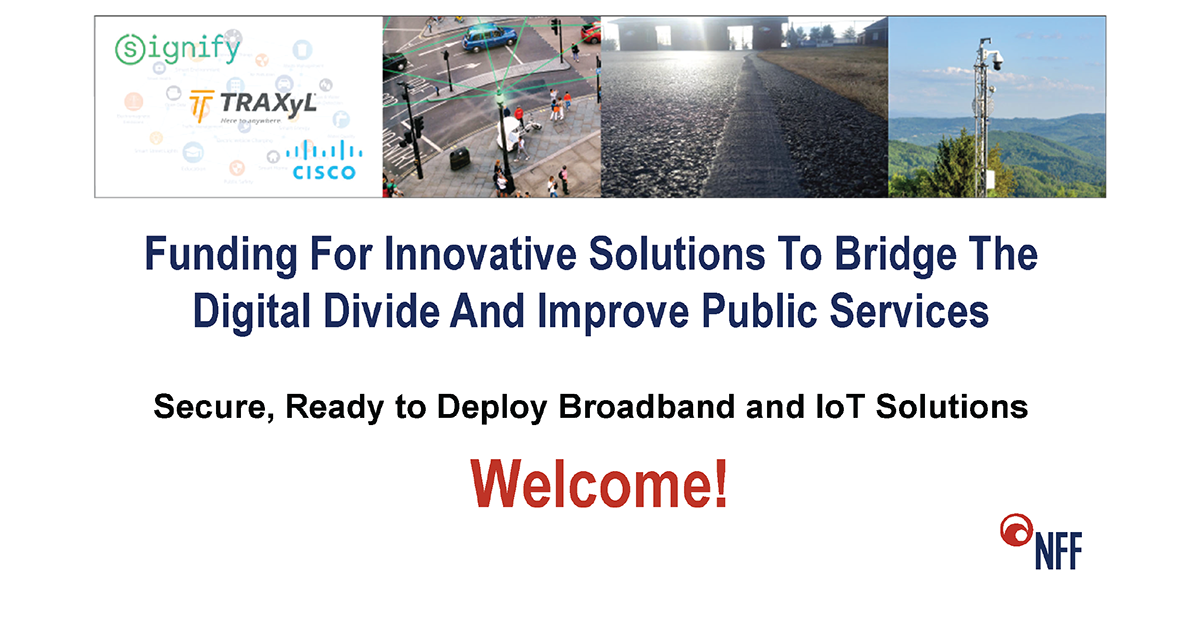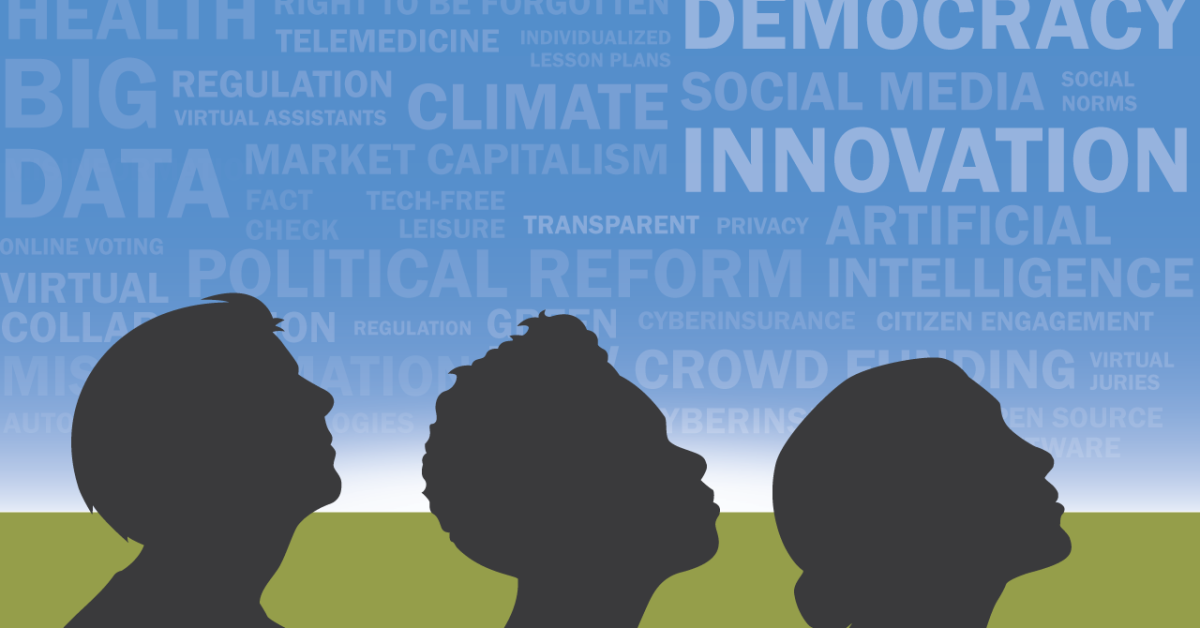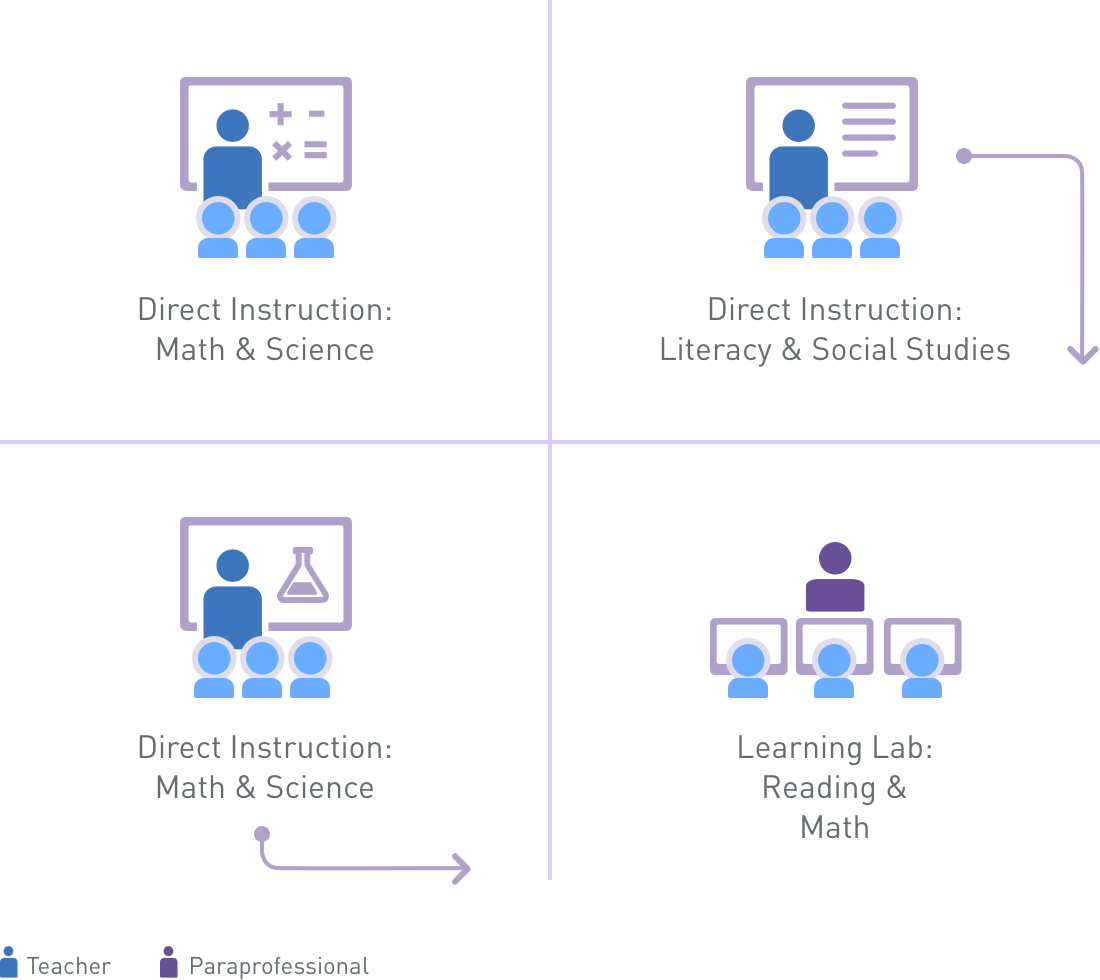Bridging the Gap: Embracing Educational Technology in the Classroom
In a world that is constantly evolving with new technological advancements, the field of education is not an exception. The rapid growth of educational technologies has dramatically transformed the way educators teach and students learn. Technology in education, often referred to as EdTech, has provided unprecedented opportunities for personalized learning, interactive engagement, and accessibility. However, while the benefits are clear, the integration of technology in the classroom has not been without challenges. In this article, we will explore how educators are bridging the gap between traditional teaching methods and the digital future, ensuring that students are equipped with the necessary skills to thrive in the 21st century.
The shift toward digital classrooms did not happen overnight. Early skepticism and resistance towards technological change in education were prevalent, as traditionalists feared that it would erode the foundational values of teaching. However, the recent global circumstances, notably the COVID-19 pandemic, acted as a catalyst for educational institutions to rapidly adopt and depend on technology for remote learning solutions. While the initial transition was reactive, it has now opened the floodgates for proactive and strategic integration of tech-based learning tools.
EdTech encompasses a wide array of tools: from simple projection equipment and educational software to complex learning management systems (LMS), artificial intelligence (AI), and virtual reality (VR). These tools are not limited to augmenting the teaching experience but extend to administrative efficiency and student services, thereby creating a holistic technological ecosystem in academic institutions.
One primary advantage of technology in the classroom is the facilitation of personalized learning. Every student has a unique learning curve, and adaptive learning technologies allow for customized lesson plans and paced learning. Programs powered by AI can analyze individual performance and tailor content to meet the student's needs, reinforcing concepts as needed or accelerating through materials that the student has mastered. This level of personalization was unimaginable a couple of decades ago when one-size-fits-all teaching was the norm.
Interactive whiteboards and digital projectors, for example, are now commonplace in modern classrooms. They have elevated the learning experience by providing dynamic and multimedia-rich presentations that cater to visual and audio learners. Apps that allow for real-time quizzes and feedback have engaged students in ways that passive lectures never could.
Furthermore, learning management systems (LMS) like Canvas, Blackboard, and Moodle have centralized academic content, grade tracking, and communication channels, creating a seamless flow between instructors and students. This centralization has proven invaluable during remote learning periods, ensuring that education can continue unimpeded even when face-to-face interactions are not possible.
Accessibility is another salient benefit of education technology. Students with disabilities, those who are homebound, or in remote areas without access to traditional classrooms can now participate in learning experiences that would have been inaccessible to them previously. Additionally, digital textbooks and open educational resources (OERs) have made course materials more affordable and available to a broader demographic.
In conclusion, the first part of this analysis has highlighted that the convergence of education and technology can be a potent force for democratizing education, catering to individual learning needs and preparing students for a digital future. However, for all its promises, several concerns and challenges need to be addressed to ensure the potential of educational technology is fully realized.
Navigating the Challenges of EdTech Adoption
While the integration of educational technology has opened doors to innovative teaching and learning methods, difficulties in its execution are manifold. A critical challenge is the digital divide, which refers to the gulf between those who have easy access to the internet and computers and those who do not. This divide often runs along socioeconomic lines and can exacerbate existing inequalities. Even within educational institutions, there can be a disparity in access to hardware and software, a factor that must be addressed to avoid creating a two-tier education system.
Teacher preparedness is another stumbling block in the effective utilization of EdTech. Not all educators are adept at using technology, and without proper training and support, technology can become more of a distraction than an educational aid. Continuous professional development and investing in teacher training are vital to harness the full power of technology in the classroom. Moreover, educators must be encouraged to move from being mere consumers of tech tools to becoming innovators in leveraging these resources to foster critical thinking and creativity among students.
The issue of screen time and its impact on student health and well-being is also of significant concern. Excessive screen time can lead to problems such as eye strain, decreased attention spans, and disrupted sleep patterns. To counter these potential negative effects, educators and policymakers must find a balance between digital and traditional pedagogical approaches, ensuring that technology enhances rather than dominates the learning experience.
Cybersecurity is yet another pressing challenge. Schools are repositories of sensitive data, and as they become increasingly digitized, they become more vulnerable to cyber threats. Educational institutions must prioritize robust cybersecurity measures, data privacy policies, and educate staff and students on best practices for maintaining digital hygiene.
Despite these challenges, technology in education continues to progress and evolve. AI is starting to make inroads into adaptive learning platforms, offering even more nuanced personalization. Virtual and augmented reality technologies promise to transport students to different eras or enable complex scientific simulations that were once limited to text descriptions or standard visuals. The potential for these technologies to enrich education is significant, but educators must remain cognizant of the need to ground such experiences in sound pedagogical practices.
The argument for incorporating technology in the classroom goes beyond convenience or engagement. It's about relevance. As society propels towards a tech-centric future, education systems have a duty to prepare students for the world they will inhabit. Digital literacy is no longer optional; it's an imperative skill, akin to reading, writing, and arithmetic.
At the policy level, governments and educational authorities must provide the requisite infrastructure, guidelines, and funding to scale EdTech solutions effectively. A strategic approach, rather than an ad hoc one, is necessary for the long-term integration and sustainability of educational technology.
In conclusion, as we look to the future, it's evident that educational technology is not a mere fad but a fundamental shift in how knowledge is imparted and acquired. The challenges that come with integrating technology into the learning process must be meticulously managed. Equity in access, teacher training, student well-being, and cybersecurity are just some of the issues that need to be navigated thoughtfully.
Ultimately, the goal of embracing educational technology is not to replace traditional methods but to complement and enhance them, fostering an environment where both educators and students can collaborate, innovate, and thrive in a digitized world. As we continue to explore the possibilities of EdTech, we must hold steadfast to the principle that at its core, education is about nurturing curious minds and preparing them for the complexities of the future. Technology, when used effectively and responsibly, can be a powerful ally in this enduring endeavor.












Comments